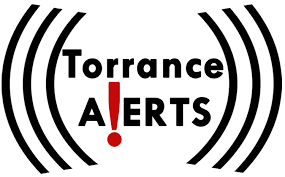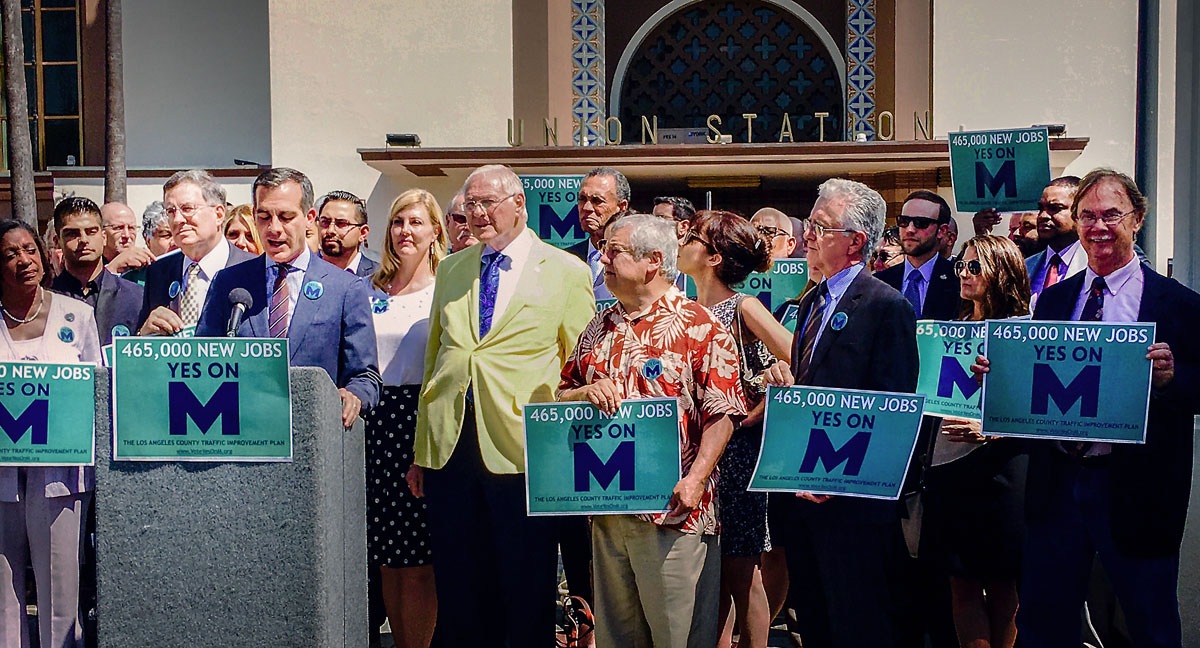Delay in TorranceAlerts Notifications Prompt Concerns
 Last Thursday a suspicious package was left near a Social Security office in Torrance. The incident prompted a response from a bomb squad and resulted in the closure of Crenshaw Blvd. Fortunately, the package ended up being nothing more than a lunch bag containing creamer and nobody was harmed, but a delay in residents receiving notice about the event has prompted concerns.
Last Thursday a suspicious package was left near a Social Security office in Torrance. The incident prompted a response from a bomb squad and resulted in the closure of Crenshaw Blvd. Fortunately, the package ended up being nothing more than a lunch bag containing creamer and nobody was harmed, but a delay in residents receiving notice about the event has prompted concerns.
The Daily Breeze reported that the package was first discovered at 3 pm. TorranceAlerts messages did not reach many residents until 4:23 pm. The delay in notification irked Southeast Torrance Homeowners’ Association President, John Bailey, who commented “It is not acceptable to take an hour and twenty minutes to notify the public that they shut down both directions of a major thoroughfare like Crenshaw Blvd.”
Bailey, who had fielded several inquiries from concerned residents prior to receiving the notification from the City, wrote an e-mail to City officials asking whether there were problems with the Everbridge system Torrance utilizes to send out Torrance Alerts.
Liutenant Jennifer Uyeda responded to Bailey’s inquiry as follows:
Hello Mr. Bailey,I am looking into the Everbridge question you posed to Kelli below, but do not believe there was an issue with the system. I completely understand that it seems like it took a long time for a notification to be sent, and I will admit that we can always do better. A big part of our organizational philosophy is Continuous Improvement.I would also like an opportunity to share my insight from behind the scenes that these types of calls are extremely chaotic during the initial stages of response. The Watch Commander and Communications Supervisors’ primary concern is getting resources on scene to lock down the area and begin evacuations of people who are physically in the immediate danger zone. Once this is all in place, we then try to get a TorranceAlert out to the public.Again, I acknowledge there is always room for improvement. One way in which we are looking to improve our communication with the public is that we are in the initial stages of hiring a Social Media Coordinator! I, for one, am very excited about the strides we will take with a full-time employee dedicated to this.Thank you for your involvement in our great community and your dedication to your Homeowners’ Association. We rely on our engaged citizens.Best Regards,Lt. Jennifer Uyeda
